#plant medicine healing
Explore tagged Tumblr posts
Text
Natural Energy Boosters: A Guide to Using Kratom and Herbal Remedies
In today’s fast-paced world, feeling energized and motivated is essential to tackling our daily responsibilities and pursuing our passions. Unfortunately, energy levels can fluctuate due to poor sleep, stress, or unhealthy diets. Many people turn to energy drinks or synthetic stimulants, but these often come with undesirable side effects, such as jitters, crashes, and even dependency. Plant medicines, on the other hand, offer a natural and balanced way to boost energy. By harnessing the power of lab tested kratom in Canada and other natural herbs, we can feel invigorated and ready to face whatever the day throws at us.
1. Kratom: A Popular Plant Medicine for Energy
Kratom works by interacting with the body’s opioid receptors, although it is not an opioid itself. The unique alkaloid profile of kratom, particularly mitragynine and 7-hydroxymitragynine, creates stimulating effects when taken in lower doses, making it a favoured natural supplement for boosting energy and focus.
White Vein Kratom for Energy and Focus: White vein kratom strains are well-known for their stimulating effects. Users often describe an enhanced ability to concentrate, increased motivation, and improved stamina. For instance, White Maeng Da and White Bali are popular choices for those looking for a sustained energy boost without the crash associated with caffeine.
Green Vein Kratom for Balanced Energy: Green vein strains provide a moderate level of energy that feels balanced and sustained. Green Maeng Da or Green Malay are excellent options if you want to feel uplifted and alert yet calm and collected. These strains are often favoured by people who need a long-lasting energy boost for work or exercise.
It is important to note that kratom dosage is crucial in determining the desired effect. Low to moderate doses are ideal for energy and focus, while higher doses may lead to sedative effects. As with any supplement, starting with a small dose and observing how your body reacts is the safest approach.
2. Ginseng: A Classic Energy Booster
Ginseng is one of the most well-researched and commonly used herbs in traditional medicine, known for its adaptogenic properties that help combat fatigue and increase physical and mental energy. There are two main types of ginseng used for energy: Asian (Panax) ginseng and American ginseng.
Panax Ginseng for Physical and Mental Stamina: Panax ginseng is commonly used in Asia to enhance physical endurance and mental alertness. The ginsenosides, which are active compounds in ginseng, are believed to improve cellular energy production and reduce inflammation, allowing the body to perform at its peak. Athletes often use ginseng as a natural pre-workout to boost energy levels, and professionals find it helpful for improving concentration and productivity.
American Ginseng for Balanced Energy: While Panax ginseng is more stimulating, American ginseng provides a milder energy boost. It is known for promoting a sense of calm focus, making it an ideal choice for those who want energy without feeling overstimulated. This herb is also highly regarded for its immune-boosting properties, which can be especially beneficial during cold and flu season.
Both types of ginseng have been studied extensively, and their benefits are well-documented. As a bonus, ginseng also supports overall well-being and helps the body manage stress more effectively, making it a comprehensive natural solution for sustained energy.
3. Rhodiola Rosea: Fighting Fatigue and Enhancing Endurance
Rhodiola rosea is another powerful adaptogen that has gained popularity for its fatigue-fighting and endurance-enhancing properties. Found in the mountainous regions of Europe and Asia, Rhodiola has been used for centuries to help the body adapt to stress and improve physical performance. The active compounds in Rhodiola, rosavin and salidroside, are believed to increase the production of adenosine triphosphate (ATP), which fuels cellular energy.
Mental Clarity and Focus: One of the key benefits of Rhodiola is its ability to improve mental clarity and focus. People who experience brain fog or struggle with concentration often find that Rhodiola helps them think more clearly and stay on task. This makes it a valuable herb for those in demanding professions or students preparing for exams.
Physical Stamina and Recovery: Rhodiola is also commonly used by athletes to improve endurance and reduce recovery time after strenuous exercise. By reducing the effects of physical and mental stress, Rhodiola helps the body maintain higher energy levels for longer periods.
Like ginseng, Rhodiola has been shown to have a cumulative effect, meaning that consistent use can yield better results over time. It is also relatively safe and well-tolerated by most people, with minimal side effects.
4. Yerba Mate: A Natural Stimulant from South America
Yerba mate is a traditional South American drink made from the leaves of the Ilex paraguariensis plant. It is highly valued for its stimulating effects, which are similar to those of caffeine, but without the jitteriness and crashes that often accompany coffee consumption. Yerba mate contains a unique combination of caffeine, theobromine, and other beneficial compounds that provide a well-rounded energy boost.
Physical and Mental Energy: Yerba mate is a favourite among athletes and professionals who need sustained physical and mental energy. It is rich in antioxidants, vitamins, and minerals, making it a nourishing and energizing beverage. Drinking yerba mate can improve mental alertness, reaction time, and mood while reducing fatigue.
Metabolism and Weight Management: Another benefit of yerba mate is its potential to boost metabolism and support weight management. The caffeine and saponins in yerba mate may increase fat oxidation, which can help the body burn calories more efficiently during exercise.
Yerba mate is versatile and can be enjoyed hot or cold. It has a slightly bitter, earthy taste, and traditional preparation involves sipping the drink through a metal straw from a gourd. For those new to yerba mate, starting with a smaller amount and gradually increasing intake is a good strategy to avoid overstimulation.
Conclusion
Incorporating plant medicines into your daily routine can provide a natural and effective way to boost energy levels. Unlike synthetic stimulants, which often have side effects, herbs like kratom, ginseng, Rhodiola rosea, and yerba mate offer holistic benefits that support both physical and mental well-being. These plant-based solutions not only improve energy but also help the body manage stress, enhance focus, and promote overall vitality.
When considering which plant medicine to use, it’s essential to do your research and consult with a healthcare professional, especially if you have any underlying health conditions or are taking other medications. With mindful use and the right approach, natural energy boosters can help you feel more energized, focused, and ready to take on life’s challenges.
#kratom#kratom powder#kratom tea#kratom capsules#white vein kratom#red vein kratom#green vein kratom#Canada kratom#kratom in Canada#buy kratom Canada#lab tested kratom Canada#plant medicine#plant medicine healing#plant medicine in Canada#energy#health#wellness#herbal#herbalism#herbal remedies#alternative health#alternative medicine#mental health#focus
3 notes
·
View notes
Text
A LOT CAN HAPPEN IN A MONTH. TRUST GOD.
#self growth#self healing#self love#spiritual vibrations#spiritualawakening#spiritualjourney#house plant#plants#black women#black girl moodboard#holisticdevelopment#holisticwellbeing#holisticwellness#holistichealth#holism#holistic medicine
11K notes
·
View notes
Text
Herbs to help you regulate cortisol and stress 🌿🍵🧚
🍃 Chamomile when you have an anxious stomach
🍃 Valerian when your thoughts don’t let you sleep
🍃 Skullcap when you feel muscle tension from stress
🍃 Holy basil when you’ve been high stress for days
🍃 Rhodiola when you feel burnt out from stress
🍃 Gotu kola when stress is causing you brain fog
🍃 Passion flower when you feel irritable and snappy
#herbs#plants and herbs#natural medicine#meditation#womens health#healthy lifestyle#health tips#health and wellness#healthylifestyle#cortisol#manage stress#hormones#hormonal balance#hormonal imbalance#healingjourney#healing#law of the universe#medicinal herbs#chinese herbs#natural herbs#herbsforhealth
513 notes
·
View notes
Text
HERBS for Digestive Health🌿
To help improve and ease digestive disorders and issues.
Ginger
widely used to treat nausea, bloating and soothe digestive issues
Turmeric
used for digestive weakness and inflammation
Chamomile
helps settle inflammation and anxiety related stomach issues
Fennel
great to reduce bloating, cramping and relax stomach muscles
helps break down food
Cinnamon
helps regulate circulation, blood sugar levels, and digestive function
Rosemary
supports healthy digestive functioning
Increasing your consumption of some of these even slightly could make a big difference over time! Should be used with caution.


#digestion#digestivehealth#gut health#herbs#medicinal herbs#herbal treatments#herbal tea#herbal#natural healing#health#healthy#healing#spirituality#witch community#witchblr#spiritual#herbs and spices#plants and herbs#tips#kitchen tips#natural medicine#stomach issues#stomach problems#digestive disorders#chamomile#ginger#fennel#rosemary#inflammation#digestive system
442 notes
·
View notes
Text
It's so insane how Poland, for a revoltingly Catholic country that it is, remains so very pagan about it.
Like you look at these 'Catholic' holidays and you think 'the Church did NOT come up with that'.
We have a holiday which's name roughly translates to 'Mother of God, Herbal' where, traditionally, you make a bouquet out of herbs, flowers, wheats and fruit [yes, fruit. Where I'm from people would impale an apple on a stick and use it as a centerpiece of the bouquet or pick rowan berry branches and place them around, but it's also common to use a twig of hazelnuts or late cherries], preferably from your own garden, basically including everything you want to grow beautifully for the year, and you bring it to the Church for a special mass which blesses your harvest. Traditionally those bouquets are to include medicinal herbs, like cornelians, thyme, absinthes, tansy or bullweed flowers, and most still do.
That is not Catholic.
That is old Slavic.
This was here when the Catholics came, and I pray to the land that it will still be here when someday they're finally, miraculously gone.




#my post#paganism#pagan traditions#slavic#slavic paganism#history#polish traditions#poland#polish posting#polish art#matki boskiej zielnej#tw catholicism#fun facts#herbs#herbalism#natural herbs#medicinal herbs#plants and herbs#fresh herbs#flowering herbs#healing herbs#gardening#harvest#harvest celebraton
14 notes
·
View notes
Text
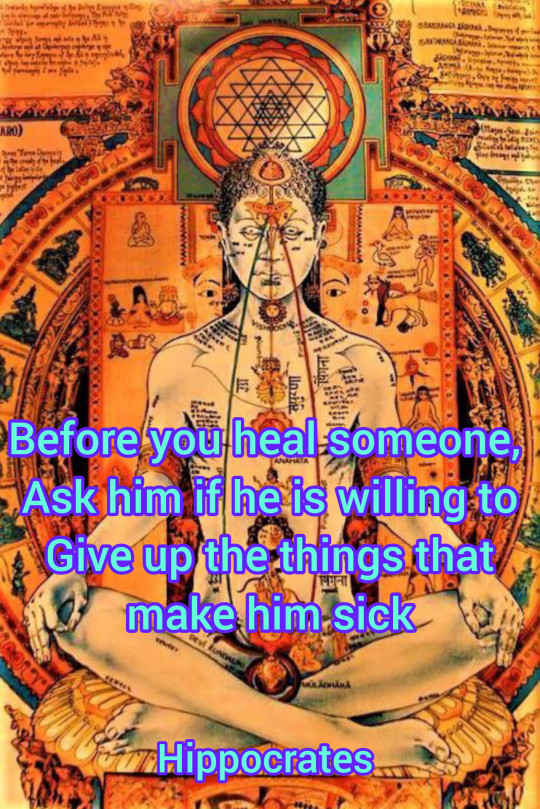
#ayahuasca#plant medicine#psychoactive substances#consciousness#vision#enthogenics#shaman#shamanism#spirituality#hippocrates#medicine plants#plant medicines#medicine#amazonia#quantic healing#self healing#healing#healingjourney
145 notes
·
View notes
Text

38 notes
·
View notes
Text
How urban farming improves our cities
(some links, curated by yours truly)
#solarpunk#solar punk#solarpunk aesthetic#urban farming#cities#renewal#healing#plants#medicine#pollution#environment#nature
30 notes
·
View notes
Text
Everything You Need to Know About Herbs: Yarrow
Yarrow (Achillea millefolium)
*Poisonous *Medical *Feminine
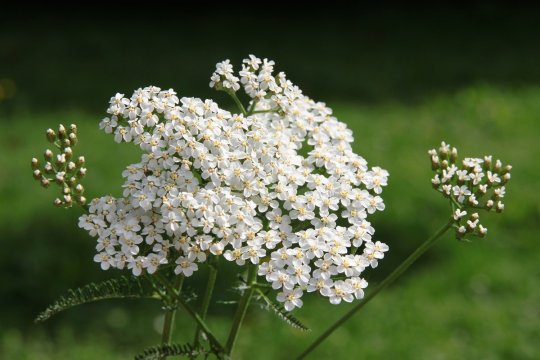
Folk Names: Achillea, Bad Man’s Plaything, Carpenter’s Weed, Death Flower, Devil’s Nettle, Eerie, Field Hops, Gearwe, Hundred Leaved Grass, Knight’s Milfoil, Knyghten, Lady’s Mantle, Milfoil, Militaris, Military Herb, Millefolium, Noble Yarrow, Nosebleed, Old Man’s Mustard, Old Man’s Pepper, Sanguinary, Seven Year’s Love, Snake’s Grass, Soldier’s Woundwort, Yarroway, Yerw
Planet: Venus, Sun
Element: Water, Air
Deities: Cernunnos, Hernes, Pan
Abilities: Courage, Love, Psychic Powers, Exorcism, Clarity, and Healing
Why Poisonous?: Contain thujone (just like Wormwood) Thujone is a chemical compound in yarrow that excites the nervous system. Causes seizures, hallucinations and other adverse reactions.
Characteristics: Has white flowers that bloom atop straight stalks with grayish-green serrated leaves that have a feather like appearance. Is a perennial plant that can grow to 3 feet.
History: Is native to Northern and Western Europe. Is famed as the wonder healer. Was used by Achilles to heal wounds, hence it’s botanical name. It is also known as nosebleed because the leaves were used to staunch blood. It was used in tea by the Native Americans for the treatment of menorrhea, the blood flow of menstruation. In the traditional Yi Jing age, the dried stalks were thrown into water to predict the future.
Growing Yarrow:
Easy to Grow? Yes
Rating: Beginner Friendly
Are the seed accessible? No
How to Grow Yarrow
Video Reference
Where to Buy Seeds
Magical Usage:
Placing the herb on top of graves help the dead peacefully crossover
Weaved into braids creates an energy web that taps into your inner wisdom
Helps develop psychic gifts
A cup of yarrow tea with a cinnamon stick can warm your bones and release hidden truths about oneself
Can be used for divination of the future and relationships
If worn on person, can stop fear and grant courage
Can be hung as a wedding decoration to guarantee seven years of a loveable marriage
Washing hair with water infused with yarrow can prevent baldness
Carrying it around can attract love, friendships, and distant connections
Exorcises evil and negativity from a person, place or thing
Medical Usage:
Clean and heal wounds
Can reduce fever
Stop internal bleeding
Lower blood pressure
Helps with menstrual issues such as: heavy bleeding, period pain, and heavy flow
In tonic form, can help with colds, flu, hay fever, weak digestion, and improve blood circulation
Sources
#witchcraft#witch community#witchblr#green witch#herbalist#medicinal herbs#occulltism#plants and herbs#nature#paganblr#witch garden#gardening#plantblr#yarrow#botany#witchcraft 101#witches#healing#witch tips#witches of tumblr#witchcraft resources#witch blog#beginner witch#herbalism
83 notes
·
View notes
Text
Walking While Carefree & Black

Fetishized & dehumanized.
Daily misogynoir.
Harrassed on my daily walks for hugging a tree, picking a flower, laying on grass and stretching out my arms, twirling, smiling, being an unrushed unbothered carefree fierce ferocious unapologetic black woman who isnt on the way to somewhere, Im not going to 7-11 five minutes from my apartment, Im not rushing to work, Im not hurrying, Im not hustling, Im not bustling, Im not harried, Im not distratcted, Im not anxious, Im not impatient, Im not speedwalking, Im not in a car, Im not on a bike, Im walking on sidewalks, under bridges, near highways, busy intersections, busy traffic lights, near school buses, near angry white stay at home moms pushing their strollers, moms with toddlers shielding their eyes from me, white police men slowing their patrol cars when I am doing nothing but take a selfie under a bridge.

Why cant I be free?
Why cant I twirl?
Why cant I hug trees?
Why cant I treat a light pole as a stripper pole?
Is it a crime to joke around during the day when people are at school and work, jokingly twirl myself around the pole, pretend I am a pole dancer, and take a video selfie?
Will I be Sandra Bland'd?
Why cant I take pictures of a rose garden?
Why cant I take a selfie under a bridge? On a park bench?
Why cant I pick flowers near the sidewalk, smell them, place them behind my ear and skip down the sidewalk pavement?
Capitalism demands that I, a black woman, be a slave to their system but I left their system.
I left Amazon in a week with no job lined up.
I left Dow Jones with no job lined up.
I left Bank of America in 3 months with no job lined up.
I left Yale.
I quit my career coaching business after 3 years and over a hundred executive clients.
I permanently left corporate in 2019 and quit my business this year.
I am a permanent freeelancer now.
I am a podcaster now. We dont have sponsors yet so I dont currently generate income.
$55/hr at Amazon and after six months they were going to convert me with the coveted unrestricted stock aka golden handcuffs.
It was a cult. I left in a week.
I made -$7,000 last year as my business failed. I hated sales and referrals dried up.
Capitalism says I am a failure and a loser.
Capitalism says I, a nubian queen, Isis, an egyptian goddess, am only worth the revenue I generate.
I was the highest rated recruiter with the most hires at every Fortune 500 company I worked at.
I had over a hundred executive clients with my career coaching business that landed offers at Disney, Deloitte, Goldman Sachs, Amazon & Comcast with five figure salary increases.
I was a career advisor at Yale who coached graduate and postdoc STEM students.
Capitalism rolls its eyes and asks me, What have you done for me lately?
It demands I turn myself back into a machine to be deemed worthy.
But those days are over.
I will never work another 9 to 5 in any industry -- corporate, academic or non-profit.
I will never work a job that requires that I report into a supervisor.
I will never work another job with dictated shifts.
I will never sell anything to anyone ever again. I detest sales and I hate capitalism.
Capitalism is dehumanizing and it kills. It profits off of, relies on and thrives on energetic and psychic attacks that sends its adherents & acolytes to an early stress-induced death.
I was having GI issues and I healed myself.

No doctor, no gastroenterologist, no harmful laxatives, no chemical stimulants, no synthetic lab-made prescription medication that can all be addictive.
The smoothie takes 5 minutes and is just blending 1 cup pineapples, 1/2 cucumber, 1/4 grated ginger, 1 lemon, 1 orange, 2 tbs apple cider vinegar and 4 ice cubes & 1 cup of water in a mixer. Makes 2 servings, drink 1 cup in morning and 1 cup at night.
I just started walking outside in nature for an hour a day, not power walking, no step counting, no calorie counting, just being in nature, soaking up the sun, breathing the air, barefoot in grass, hugging trees, picking and smelling flowers, doing simple yoga exercises, abdominal massages, using a heating pad on my stomach, drinking 32 to 64 oz of water a day, eliminating coffe, not drinking soda during the week (used to drink 1 to 2 cans a day), fresh fruit & vegetable smoothie in the morning, oatmeal or grape nuts cereal with peppermint herbal tea no sugar or honey, homemade vegetarian salad & homemade vegetarian dressing (store bought dressing has a ton of fat, sugar amd calories) and mixed nuts as a snack Monday through Friday then I take a break and eat what I want on the weekend.
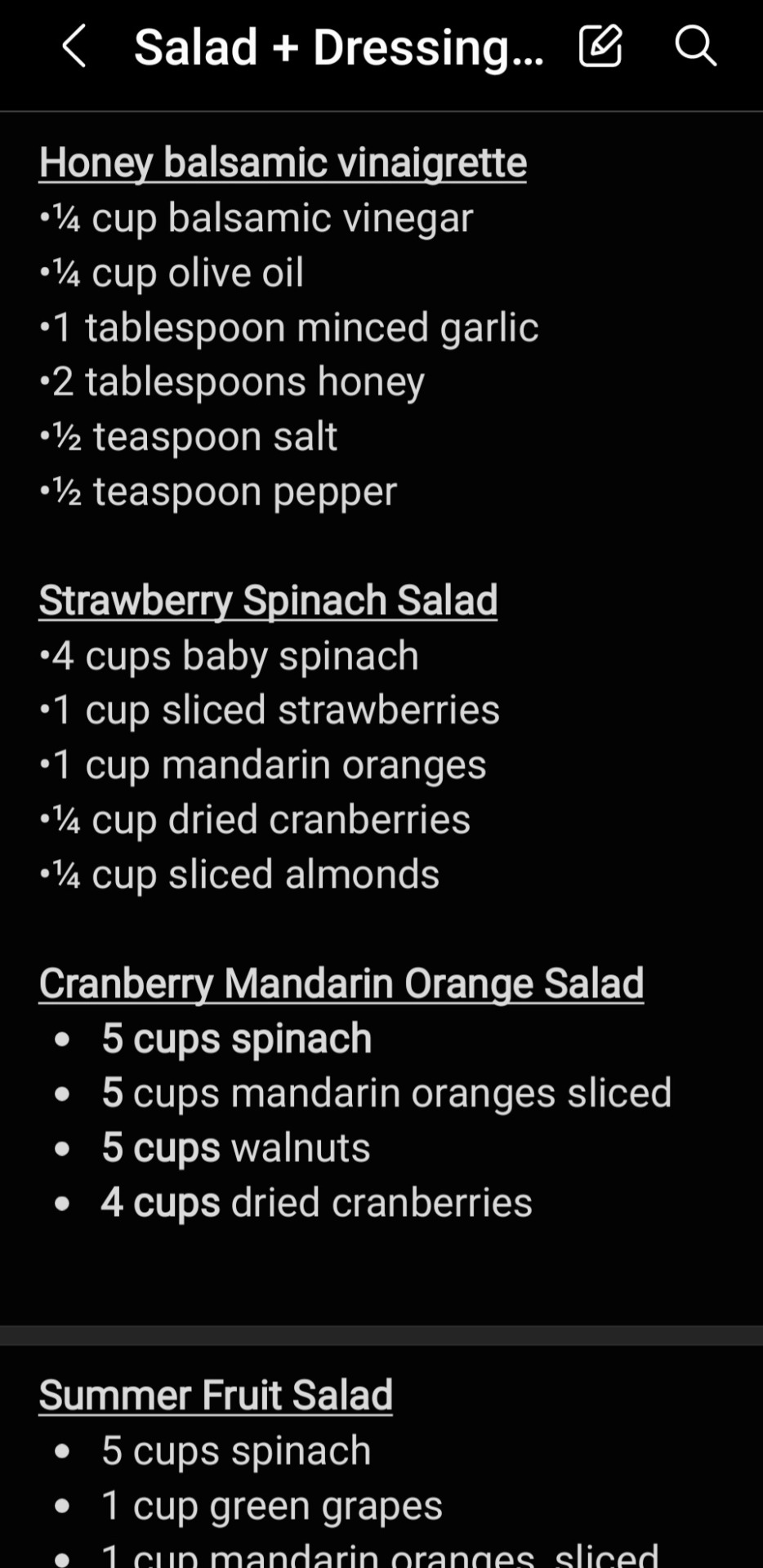
GI issues resolved themselves in a week, I am healthier, lighter, less sluggish, more fit, more in shape and more energetic. This is now my diet 75% of the time (5 days a week).
Decolonize your mind.
You have the ability to heal yourself. Stop running to doctors and quick fixes.
Change what you eat. Move more.
Get outside in nature! You are nature!
That is what heals. We come from nature and we are nature.
Trees, grass, sunlight, air, flowers, butterflies, streams, brooks, meadows, gardens, pumpkin patches, orchard farms, parks, nature trails.
Get outside.
Not to get in your car. Not to go somewhere.
Stop spending all your time penned inside like an animal and a prisoner.
Not to go to the mall, shopping, a restaurant, a salon, a spa, a movie theater, work, school, a grocery store, a laundromat, dry cleaners.
Not to run an errand.
Not to sit in traffic in a machine.
Not to burn calories.
Not to power walk.
Not to lose weight.
To reconnect with nature.
To reconnect your mind, soul, body, heart and spirit.
The west purposely severs this connection in service of capitalism.
Its up to you to restore it.
Walk. Breathe. Be. Skip. Twirl. Pose. Use the sidewalk as a catwalk. Take selfies. Take pictures.
Stop and smell the flowers.
Hug a literal tree.
Lay on the grass while cars roll past you with their windows down and stare at you like youre crazy.
Its 11 am on a Tuesday.
What the hell is she doing laying on the grass with her arms outstretched?
Why isnt she at work or at school?
Confuse people with your very presence.
I have a goth alt kawaii japanese street fashion aesthetic that includes boyshorts, leather garters, torn fishnets, leather chokers, hello kitty tiaras, six inch pink platform heels, black lipstick, mini cut out crop tops, extremely thick black eyeliner and hot pink eyeshadow.
For wearing this on Friday on my daily walk at 8:30 am which I then shared on TikTok, I was accused of being indecent, inappropriate for children to see going to school, people stared, rolled their windows down, honked at me, cars followed me, two men purposefully walked right into me bumping me (there was plenty of room on the sidewalk), an HVAC repairman leered at me outside of his van and literally just stared holes through me as I walked by.
Im 41. Im 5"1. Im 92 lbs. Im black and female.
I have a quirky style and aesthetic. I look young.
I also shaved my head bald a few weeks ago and have a bald fade.
People have since then called me a dyke, asked if I am trans, am I a boy or a girl, whats the deal.
Thats when I dont have a wig on.
I love different looks so I also wear long wigs.
The reaction is completely different when I wear a wig and people tell me how good I look, that people are slowing their cars down because I am attractive.
Bald fade, bony dyke who looks like a boy and might be trans.
Long wig, attractive girl, let me slow down and get a look.
Still black no matter the hair. Still followed.
Still harrassed.
A MAGA Proud Boy harrassed me with my bald fade while I was wearing an Eagles shirt and jeans. He stared at me as I took a selfie on a bench under a tree, when I got up to walk home, he started walking towards me and blocked my path in the small walkway we were both on and wouldnt let me pass.
Doesnt matter if its boy shorts and leather garters or an Eagles shirt and jeans.
I am harrassed for being a carefree black girl in capitalist Amerikkka.
#anti capitalism#green party#cornel west#socialism#environmetalists#tree huggers#nature lovers#heal yourself#plant medicine#herbal medicine#big pharma#gmos#abolish the police#black lives matter#blm#antiracism#lgbtq#transgender#feminism#feminist#patriarchy#third eye#ascension#self actualization#self expression#free spirit#be your true self#home remedies#black girl magic#limitless
83 notes
·
View notes
Note
HOW ANDERS AND MARCUS DOING are they together, did they separate their ways, is markus sheltering an apostate bf. are they happy together and have insane gay sex because gods know they deserve it
things are uncertain and turbulent for a looong time with them just because of how difficult their situation is, but as of a few years after the events of dai they are married and live in a little cottage on the outskirts of some village <3 anders is accepted as an apostate healer after saving the life of a child in the village while marcus helps out with random farm work and everyone loves his weird autism creature ass. they have a kitty cat and grow their own herbs for poultices.
#they live with the hof who is a shutin alcoholic but she slays so theyre fine with it#bethany used to live with them but she met a woman in town and they have a family together now#ask#anonymous#i have this hc for marcus and anders that when they go on the run marcus feels very anxious about the fact that#he cant heal the way anders does so if anders gets injured hes fuuucked. so he gets anders to teach him practical healing / medicine#so anders starts out pointing at plants as they walk and telling him about them until they progress to marcus learning#how to mix poultices and grow herbs. which is REALLY not what youd expect from him if you knew him in kirkwall
12 notes
·
View notes
Text
When you recognize yourself as sacred, you will move as such. Everything you do will be a reminder of your divinity and grace.
#self growth#self healing#self love#spiritual vibrations#spiritualawakening#spiritualjourney#house plant#plants#black women#black girl moodboard#holisticdevelopment#holisticwellbeing#holisticwellness#holistichealth#holism#holistic medicine#holistic
131 notes
·
View notes
Text
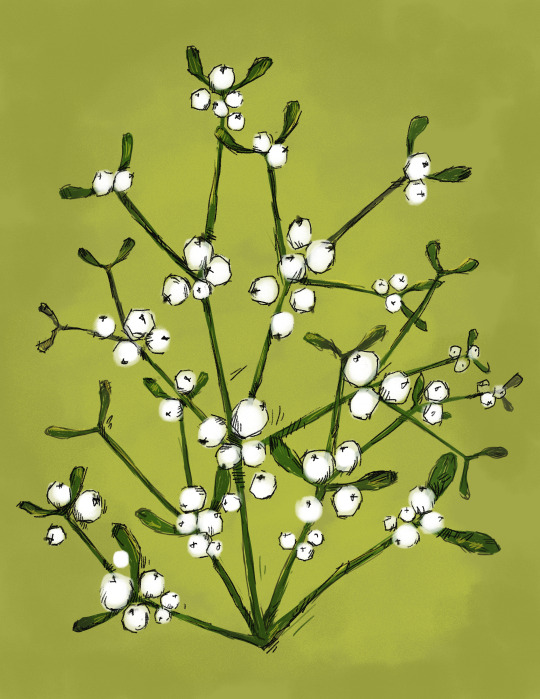
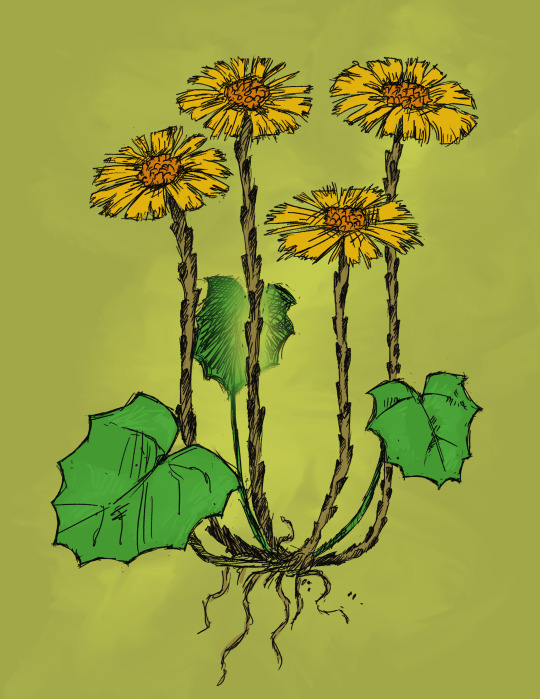
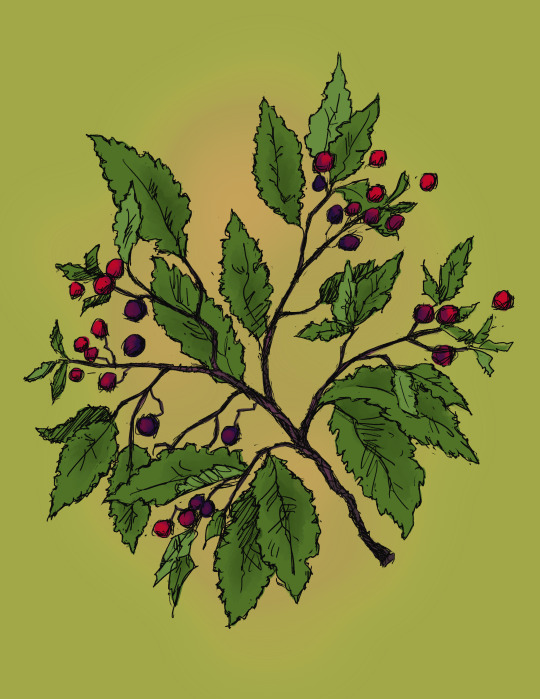


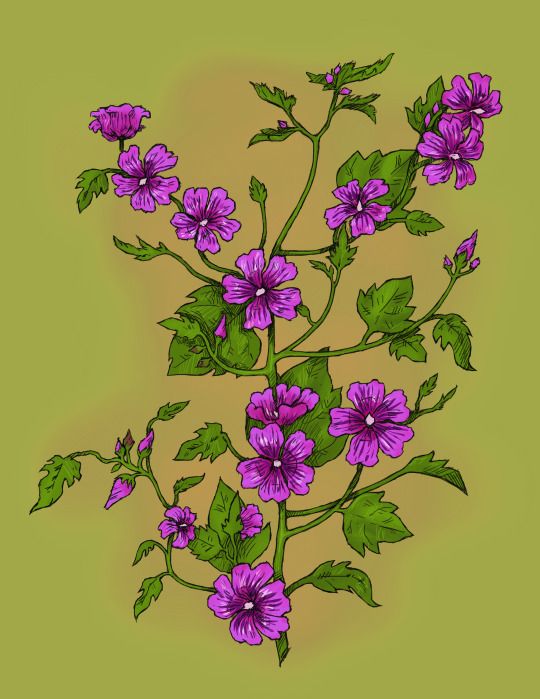


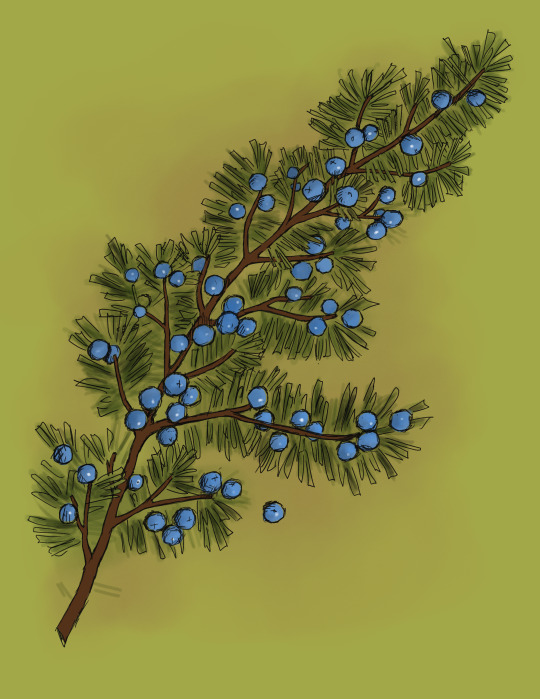

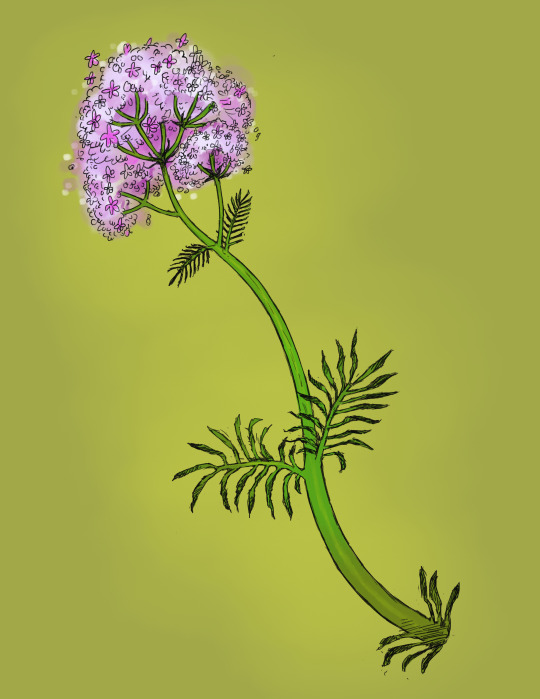
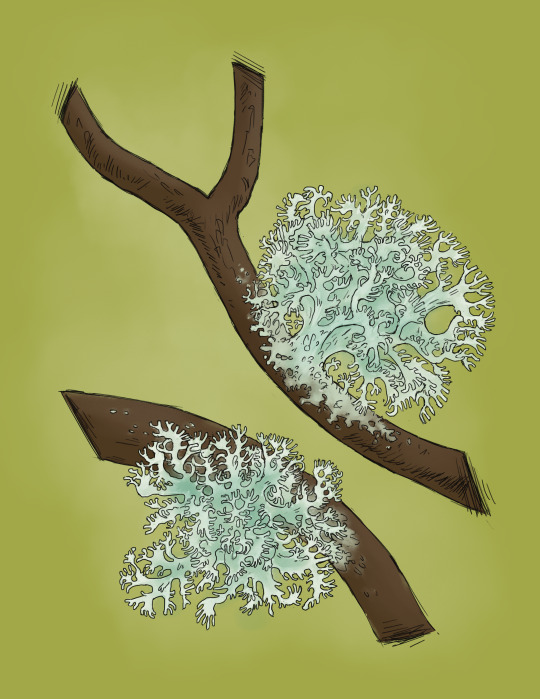
Hi i did these for college so im not super thrilled with them but i still feel the need to post them somewhere
#digital art#art#illustration#digital illustration#digital painting#herbarium#plants#flowers#fungi#healing herbs#medicinal herbs#plant life#plants and herbs#flora#eshildora
24 notes
·
View notes
Text

#tea#herbal tea#herbal remedies#herbal#healing#natural healing#spiritual healing#self healing#healing herbs#herbs and spices#plants and herbs#medicinal herbs#spirituality#spiritualjourney#spiritual#herbs#mental health#healthy#health#self care#self love#witchblr#witch community#wicca#positive energy#energy healing#energy#manifestation#creativity#the universe
360 notes
·
View notes
Text


🦋 the beloved butterfly pea flower 🦋
botanical name: Clitoria ternatea
chakras: crown, throat, root/womb
planetary ruler: mercury
gender: female
spiritual benefits of working with butterfly pea:
🦋 assist with transformation/transition
🦋 helps in birthing new ideas + creative expression
🦋 strengths connection to Source wisdom
🦋 boost feelings of interconnectedness
🦋 activates throat chakra for effective communication + channeling
🦋 helps one to embody their truth + authenticity
🦋 helps one tap in with their own divine feminine energy
3 notes
·
View notes
Text
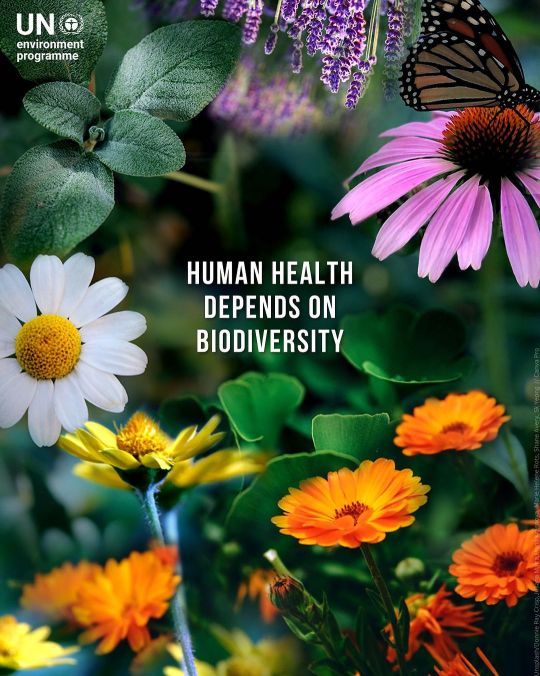
unep
#fornature#fortheplanet#biodiversity#medicine#healing#understandingplants#plants#flora#fauna#climate action
45 notes
·
View notes